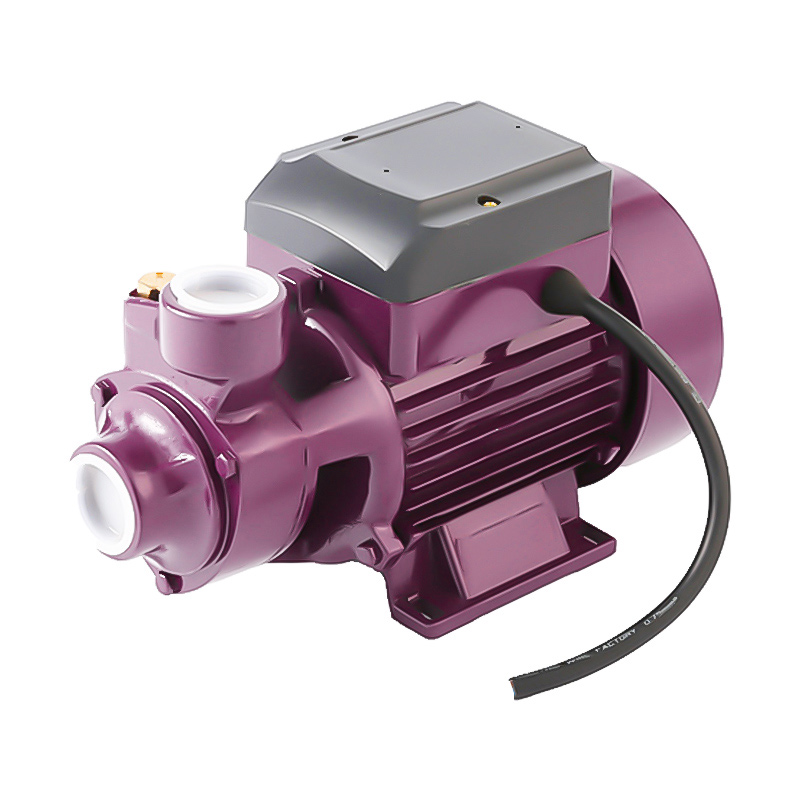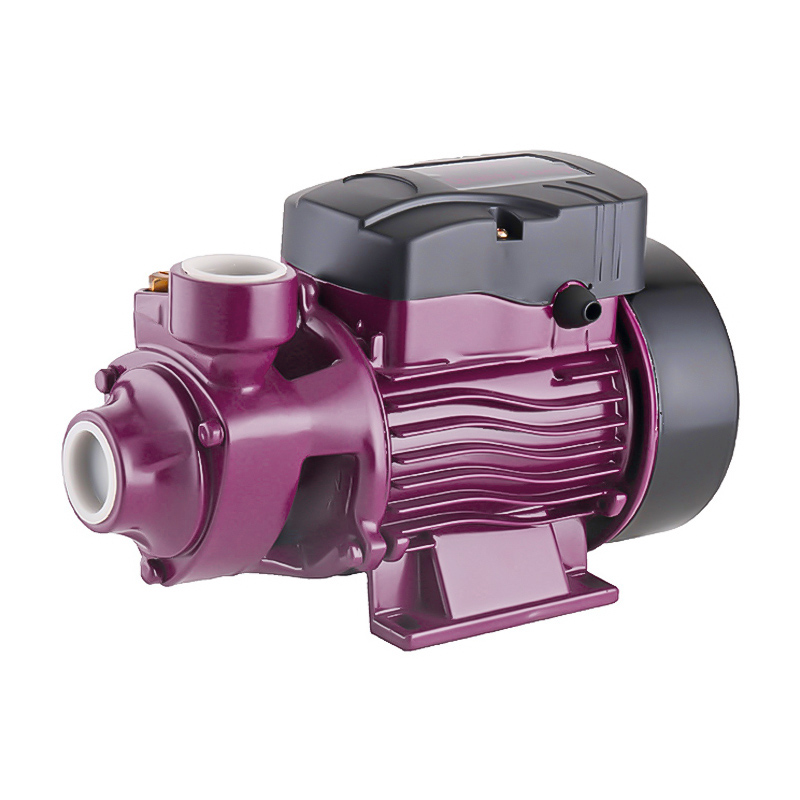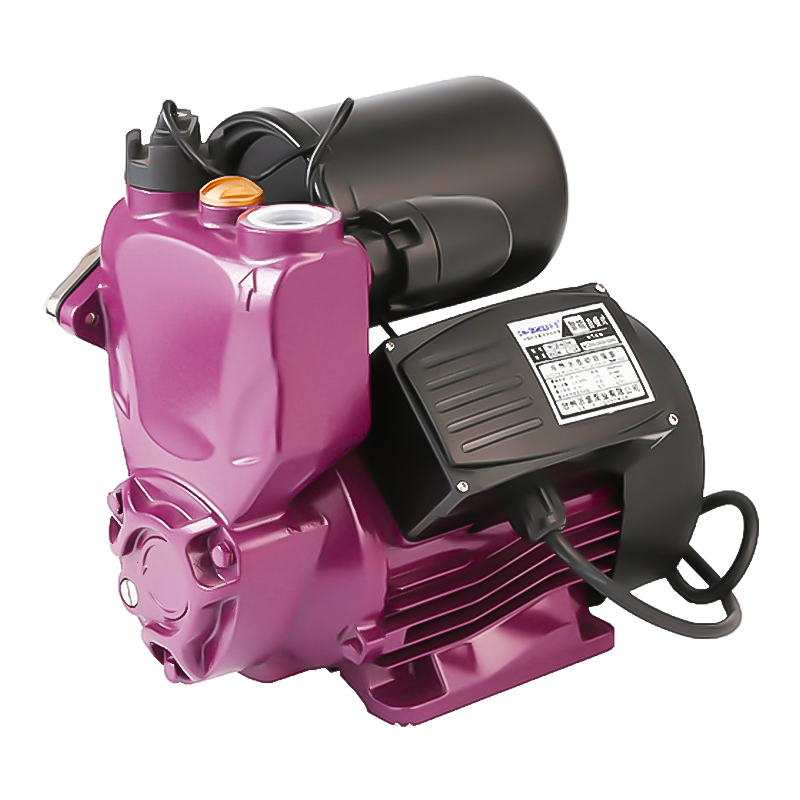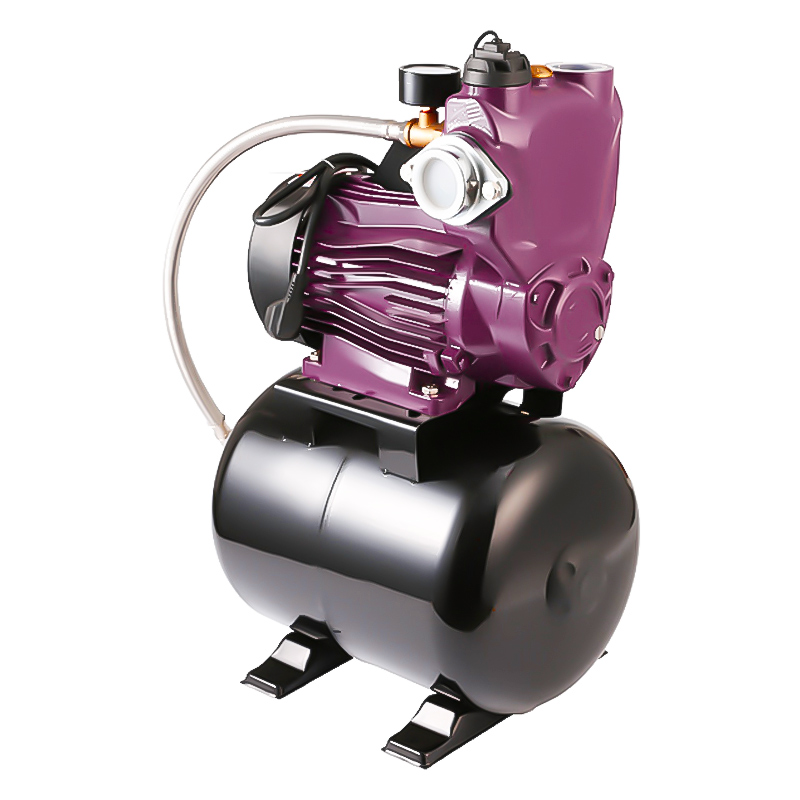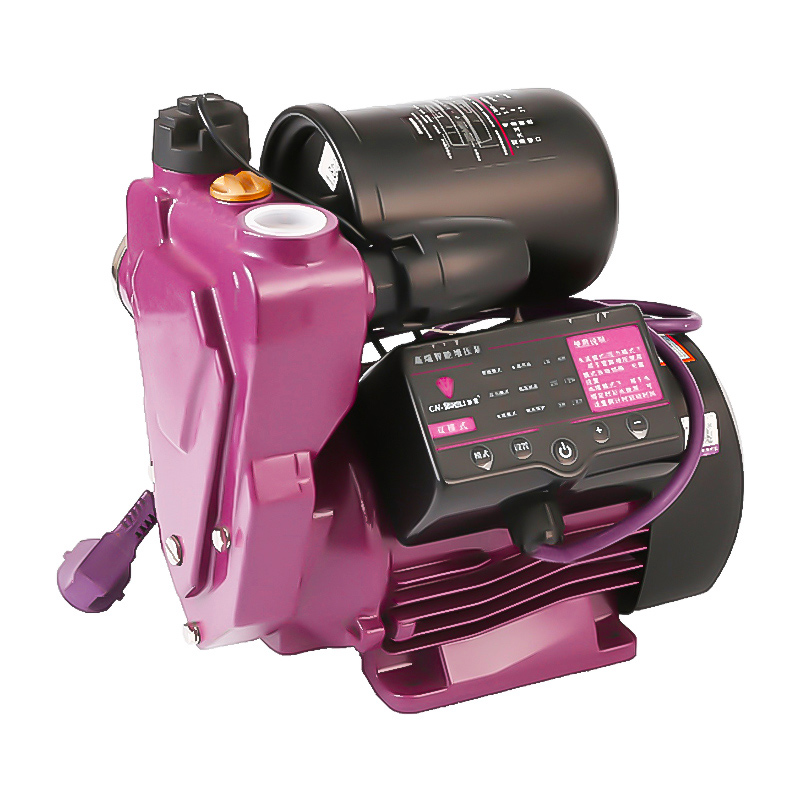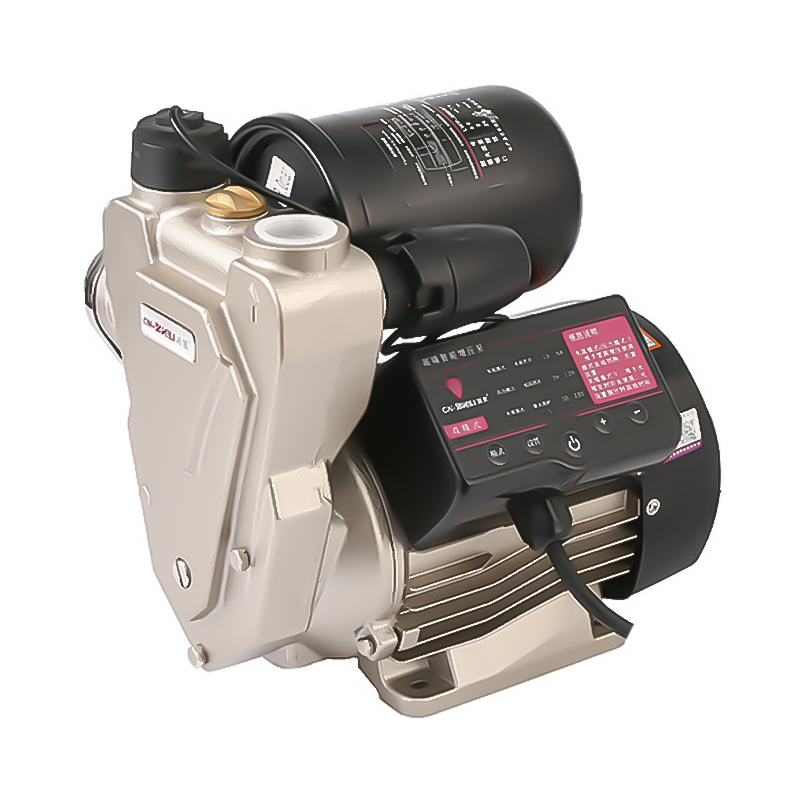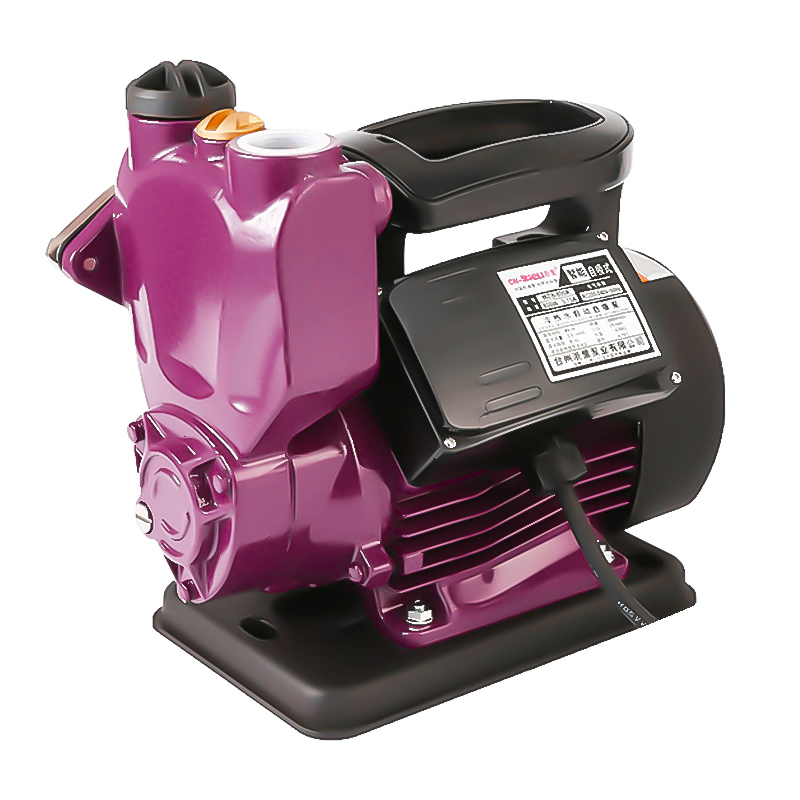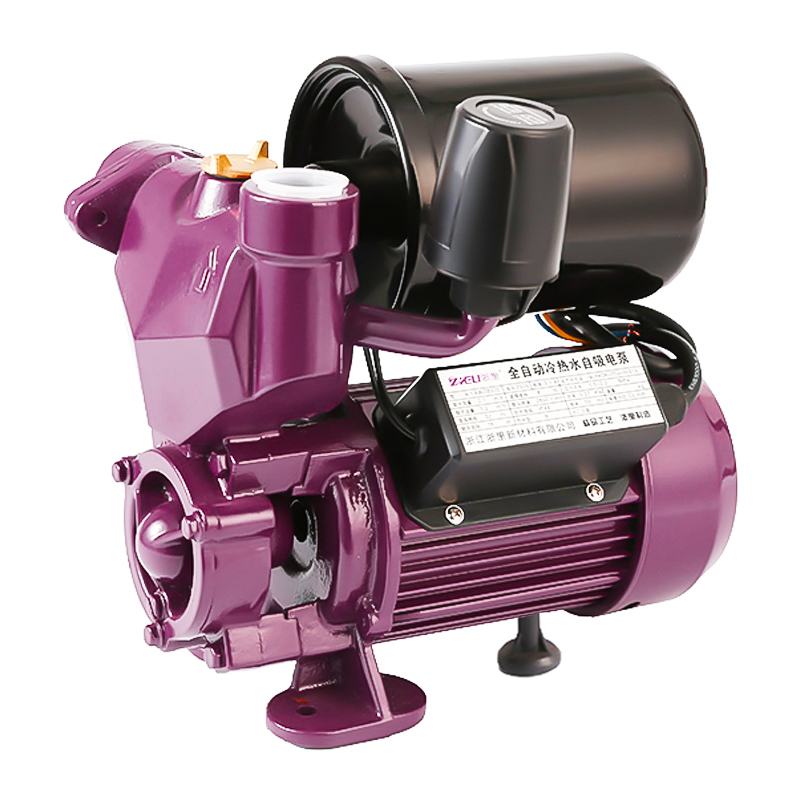Electric sewage pumps and submersible sewage pumps are two types of pumps commonly used in sewage and wastewater applications. While they both serve the purpose of pumping sewage, there are distinct differences between the two.
Electric sewage pumps, also known as non-submersible sewage pumps, are typically installed outside the sewage pit or tank. They are designed to handle large volumes of sewage and are suitable for applications where the pump needs to be easily accessible for maintenance or repair. Electric sewage pumps are equipped with motors that are located above the water level and are protected by a housing or cover.
On the other hand, submersible sewage pumps are designed to be fully submerged in the sewage or wastewater. They are installed directly inside the sewage pit or tank, allowing them to pump the sewage directly without the need for additional external piping. Submersible pumps are sealed units, with the motor and pump assembly housed in a waterproof casing. This design allows them to operate efficiently in harsh and corrosive environments.
One key advantage of submersible sewage pumps is their ability to handle solids and debris more effectively. The submersible design allows the pump to be closer to the source of the sewage, enabling efficient pumping of solid waste without clogging or blockages. Additionally, submersible pumps are generally quieter in operation since they are submerged, reducing noise pollution.
Electric sewage pumps, on the other hand, offer the advantage of easy accessibility for maintenance and repair. Since they are installed outside the pit or tank, technicians can access the pump without the need for dewatering or entering confined spaces. This can save time and effort during maintenance activities.
When selecting between electric sewage pumps and submersible sewage pumps, several factors need to be considered, including the application requirements, installation conditions, and maintenance preferences. Each type of pump has its own advantages and considerations, and the choice depends on the specific needs of the sewage system.
In conclusion, electric sewage pumps and submersible sewage pumps differ in their installation location, accessibility, handling of solids, and operating environment. Both types of pumps play a crucial role in effectively managing sewage and wastewater, and the choice depends on the specific requirements and considerations of the application.
Electric sewage pumps and submersible sewage pumps are both reliable options for handling sewage and wastewater, but they have some notable differences.
One significant difference is their installation method. Electric sewage pumps are typically placed above ground, outside the sewage pit or tank. This placement allows for easier access during maintenance or repairs, as technicians do not need to enter confined spaces. In contrast, submersible sewage pumps are designed to be submerged directly into the sewage or wastewater. This submersion eliminates the need for external piping and allows for efficient pumping without the risk of clogs or blockages caused by solids.
Another distinction is their ability to handle solids and debris. Submersible sewage pumps, due to their direct placement in the sewage, have a higher tolerance for solids and can effectively pump wastewater containing solid waste without the risk of clogging. Electric sewage pumps, while still capable of handling solids, may require additional precautions or filtration systems to prevent blockages.
Additionally, submersible sewage pumps are known for their quieter operation. Being submerged in the sewage helps to reduce noise pollution, making them suitable for environments where noise levels need to be minimized.
When choosing between electric sewage pumps and submersible sewage pumps, it is crucial to consider the specific requirements of the application. Factors such as the volume and type of sewage, accessibility for maintenance, noise considerations, and installation conditions should all be taken into account.
Electric sewage pumps and submersible sewage pumps have different installation methods, handling capabilities, and noise levels. Both options offer reliable solutions for sewage management, and the choice depends on factors such as the specific application needs, maintenance requirements, and environmental considerations.

 Language
Language  English
English عربى
عربى 中文简体
中文简体